Better known for its superb foie gras and other regional delicacies than for its wines, the southwestern French region of Dordogne is also a quiet powerhouse in winemaking. While wine collectors and luxury wine tasters tend to flock to nearby Bordeaux or St-Emilion for its ultra-prestigious grands crus, Dordogne wines offer quiet but real refinement, with a distinctive character and superb history that’s all their own. Keep reading to learn how our private, exclusive wine tours of Dordogne allow you to experience the region in all its rustic charm and authenticity, while unlocking its luxurious secrets.
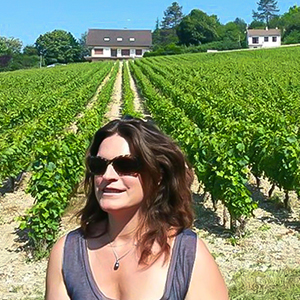
Founder
Megève is one of the most exclusive luxury ski destinations in the Alps, but its rustic charm and understated glamour will win over those uninterested in ostentation.
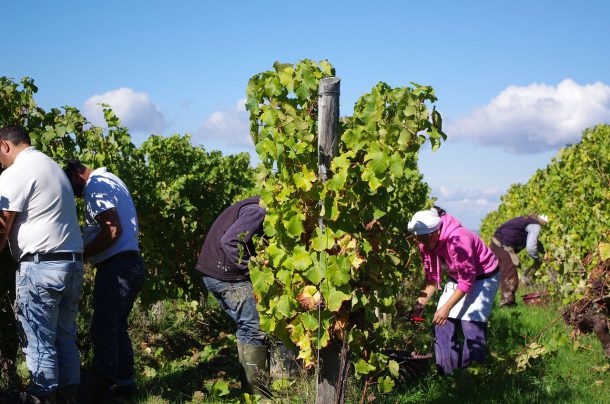
In English-speaking countries, the lovely southwestern city of Bergerac is mostly associated with the long-nosed, bombastic and poetic hero of Edmond Rostand’s 19th-century play, Cyrano de Bergerac. And indeed, one of the central squares in the town is graced with a memorable statue of the fictional Cyrano (the real historical figure was in fact a Parisian). But beyond the mystique of this beloved literary hero, Bergerac has much to offer the discerning– and adventurous– traveler who is willing to dig beyond the surface to find pockets of true luxury. Wineries around Bergerac, implanted on either side of the wild Dordogne river, have suffered somewhat from a perception of mediocrity– or at the very least a hazy identity. But as this excellent feature from Decanter points out, there are many vintners producing excellent and distinctive wines, giving rival Bordeaux appellations a run for their money and solidifying a clearer regional winemaking identity. Others have noted (somewhat scandalously) that the best wines of Bergerac are similar in style and quality to many of Bordeaux’s. Like its more famous neighbour, Bergerac and its surrounding towns benefit from ideal climatic conditions for winemaking: temperate weather, fertile clay and limestone soil fed by a river and rich in mineralit, plenty of sunlight and rain– which together create balanced climatic conditions under which the vines can flourish.
Alongside the Cotes de Bergerac AOC label which is the one you’re most likely to see at your local wine shop, several other appellations from the region are noted as being of very fine to exceptional quality. Your bespoke tour will allow you to discover as many of these as you like, visiting with some of the region’s top winemakers, enjoying gourmet food and wine pairings, and seizing plenty of opportunities to select prized bottles to add to your collection back at home.
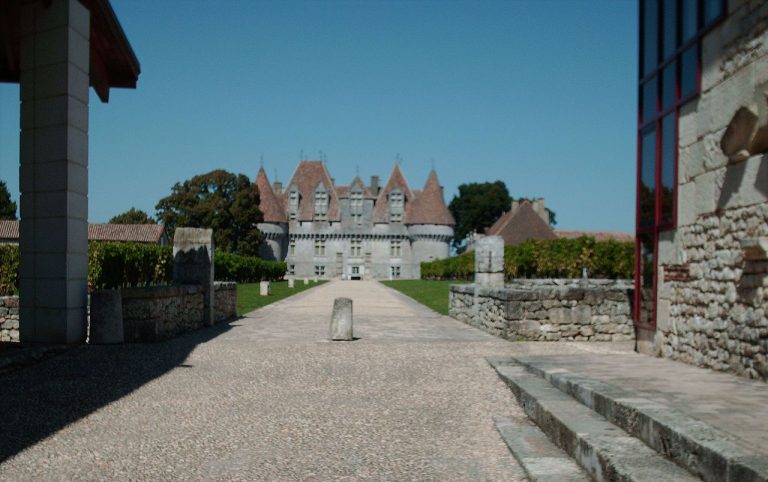
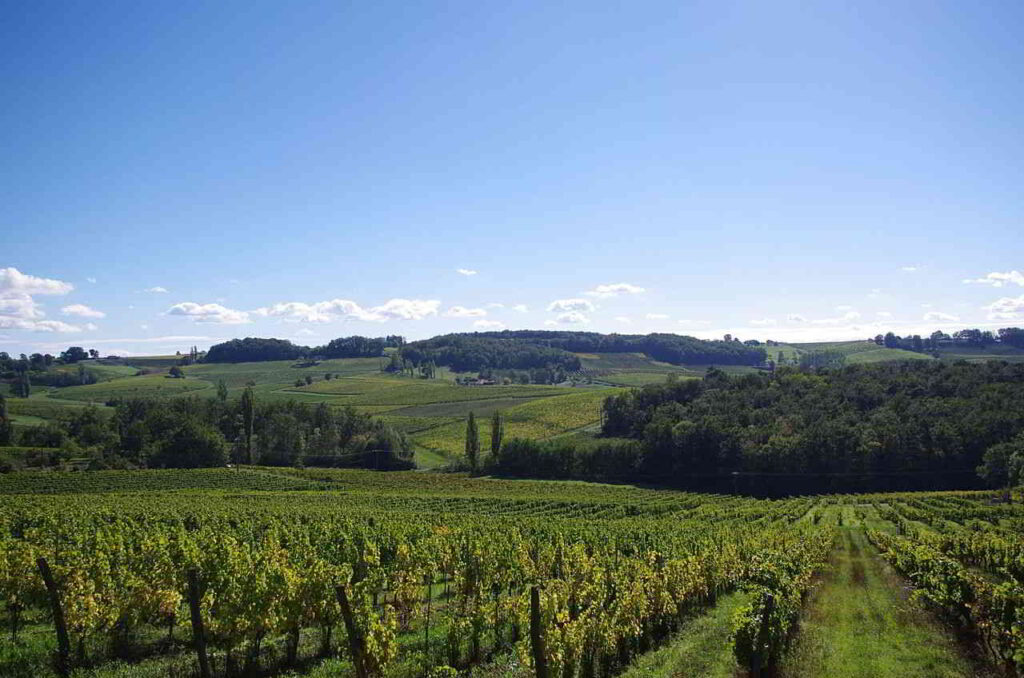
Bergerac AOC wines are widely produced in the Dordogne region, in vineyards clustered across a total of 93 towns and villages around the city for which the appellation is named. The vines grow alongside both banks of the Dordogne river, and benefit from a terroir that has a sandy, stony quality. The red wines, generally enjoyed young, are elegant, light, and fruity. Some of the more complex, high-quality versions of Dordogne AOC red offer more intense, complex notes of spice and deep red fruit. They are made with a blend of grapes, generally a combination of Merlot, Cabernet Franc, Cabernet Sauvignon and/or Malbec. Bergerac rosé wines, made with the same combinations of grapes as the reds, are perfect for a balmy summer evening, offering fresh, direct fruit notes and a crisp quality on the palate. Meanwhile, the whites, unlike the sweet fortified whites made in other appellations around the region, are dry yet aromatic, ideally paired with poultry or fish. These are made with a combination of Muscadelle, Sauvignon and Semilion grape varietals. Excellent examples of Bergerac AOC wines can be sampled at some of the following local producers: the Domaine du Cantonnet, which regularly earns accolades for its complex, fruity reds and well-rounded whites; the Chateau Thénac, situated in the town of the same name and frequently noted by wine aficionados for its painstaking production methods similar to those used by makers of Bordeaux “grands crus” superior wines; and the Chateau Larobertie, headed by artisan vintner Brigitte Soulier and producing some of the finest examples of organic wine in the appellation.
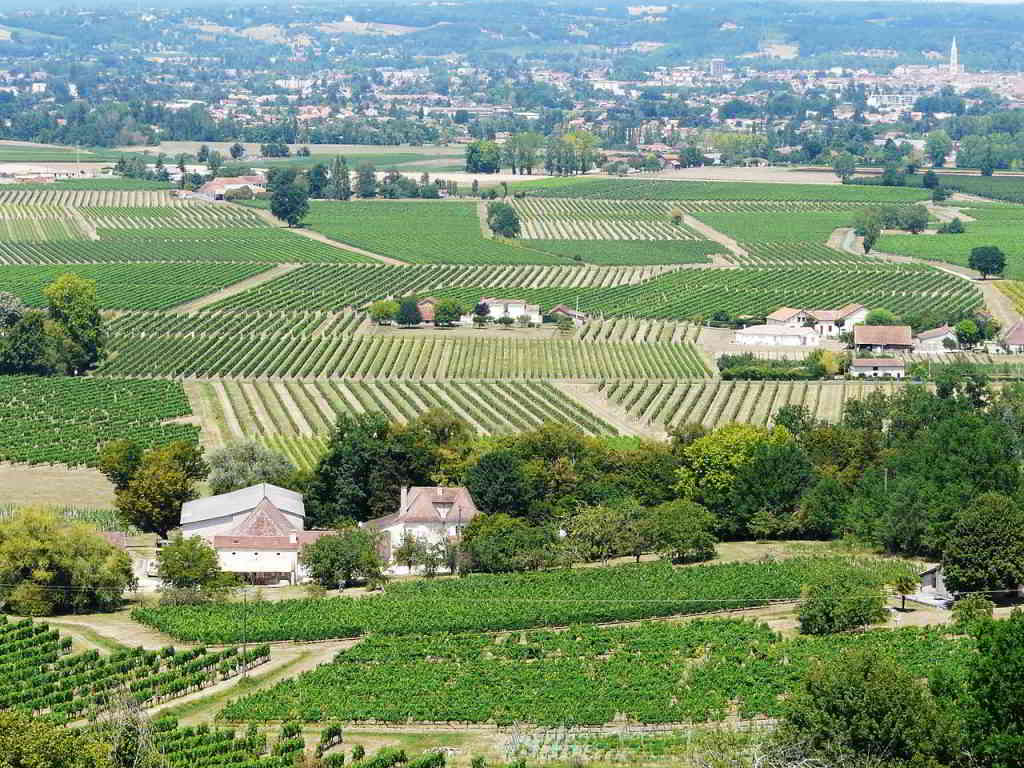
One of the most famous wines of the Dordogne region, Monbazillac is a classic among French fortified white wines. Referred to in French as a vin liquoreux (liquor-style wine), this intensely sweet variety is made from grapes harvested in successive stages of ripeness, with some left to ferment on the vines. This is a process referred to as “noble rot”. The result are wines with deep notes of honey, acacia and even spices. Generally, a combination of Sémillon, Muscadelle and Sauvignon Blanc grapes are used. What distinguishes this variety of wine from a typical Sauternes is that the former generally uses a higher percentage of Muscadelle grapes, lending a deeper, sweeter quality. In total, five different villages in the Dordogne produce this wine: Pomport, Rouffignac, Colombier, Saint Laurent des Vignes and Monbazillac. If you’d like to try some superb examples of this beloved fortified whites, look no further than producers such as the Chateau Montbazillac itself, whose cooperative winemakers make some of the most applauded versions of this sweet, nectar-like drink. We also highly recommend tasting the superb wines produced by the Chateau du Haut Pezaud: their Monbazillac wine, produced with carefully hand-picked grapes, is a fine example of how “noble rot” can render a superior fortified white. Finally, at the truly luxurious end of the scale, small family producers such as Emannuelle and Jean-Luc Ojeda of the Domaine de la Borie Blanche have won prestigious prizes fort their low-yield, extremely rare vintages of Monbazillac.
The Pécharmant appellation, the oldest and possibly the most prestigious in the region, is gaining recognition for producing some of the most refined and interesting red wines in France’s southwest. Produced in plots in northeast Bergerac and the surrounding towns of Creysse, Lembras and Saint-Sauveur, Pécharmant wines are made in a terroir that’s quite distinctive, dominated by red clay and flint. The result are full-bodied, often spicy but remarkably complex reds that can be successfully aged for years to come. Some of the finer crus, produced by estates such as the Domaine du Haut Pécharmant and the Chateau Corbiac Pécharmant, produce wines with delicate vanilla, violet or licorice noses. And for anyone interested in organic winemaking in small batches, a visit to Christian Roche at his Domaine de l’Ancienne Cure is certainly in order.
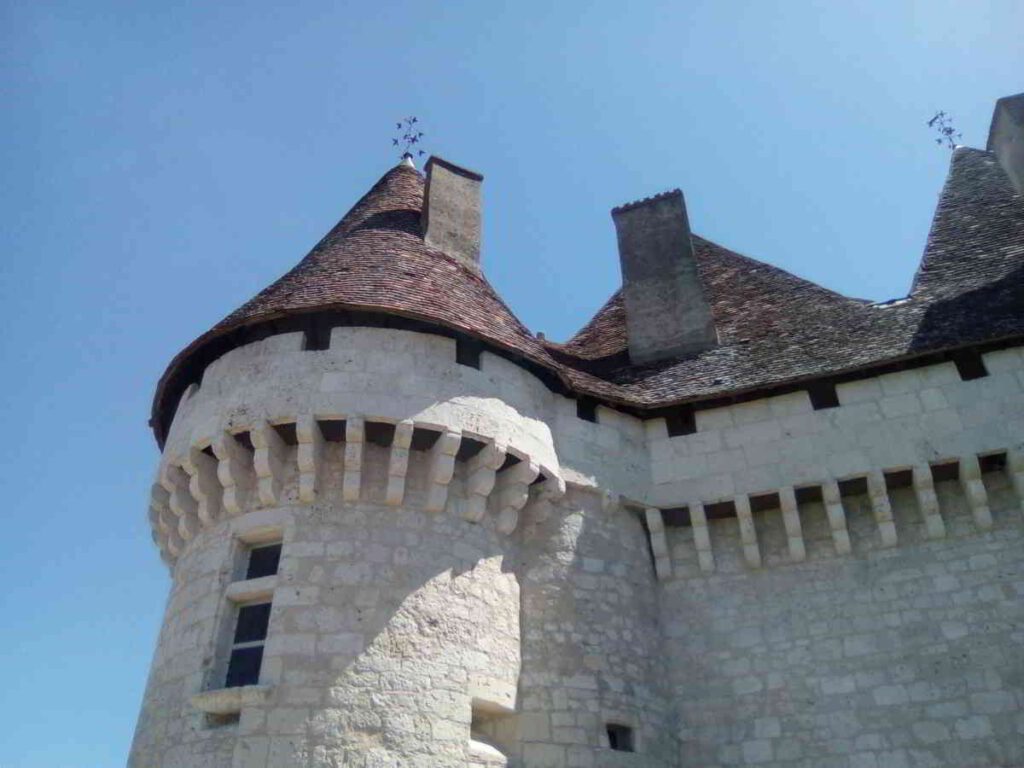
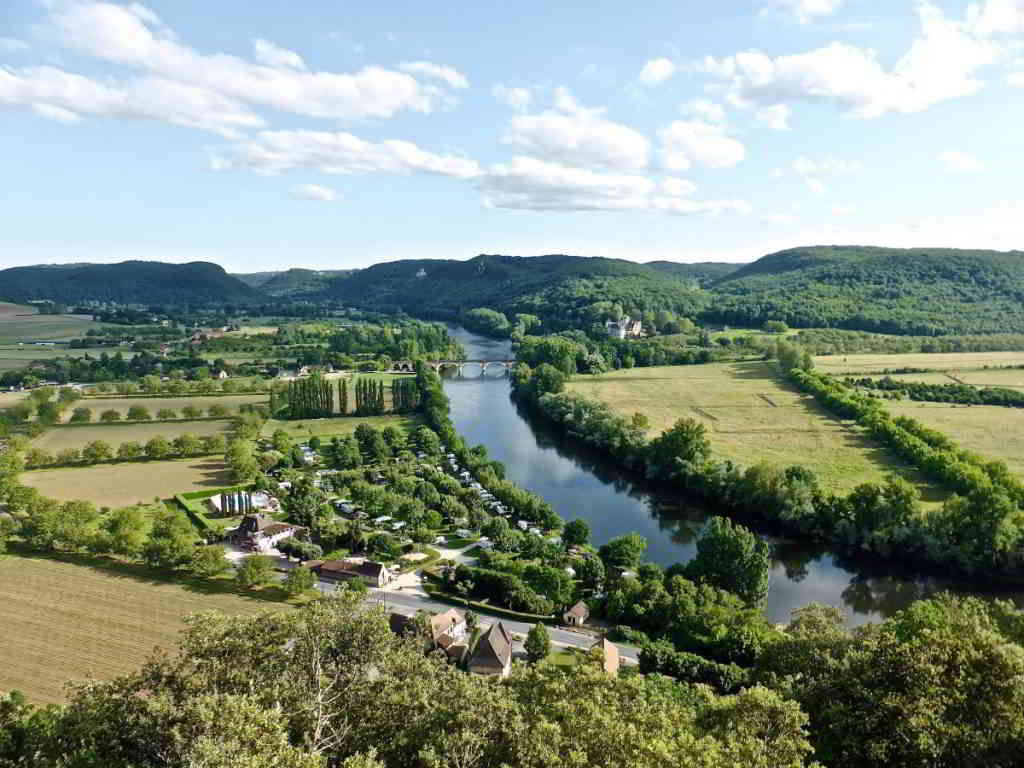
Another appellation in the Bergerac region that’s quietly making its way onto the radar of wine experts is Montravel, a label that’s only been in existence since 2001 and consists of only 17 winemakers, in towns west of Bergerac. With a hilly, rocky terroir that many compare to some of St-Emilion’s, Montravel produces complex, elegant reds dominated by Merlot and Cabernet Sauvignon varietals, as well as delicately sweet, intensely floral whites perfect for the end of a meal. Estates to visit in priority on your private tour of the region include Chateau le Raz, which produces a suberb Montravel Rouge under the brand name “Les Filles”, as well as a Bergerac AOC wine lauded by wine experts. Other vineyards with prestigious credentials and/or creative approaches include Chateau Pique-Sègue, whose Terre de Pique-Sègue Grand cru red is one of the region’s finest; the winery also produces exemplary dry and sweet whites from the appellation, noted for their subtle and delicious bouquets. The Chateau Moulin Caresse is a family-owned winery operating in the area from the 18th century, and lauded for its sophisticated Montravel wines– especially its red “Cuvée de Roche”, which can be aged for 15 to 20 years and can make a fine addition to any eclectic luxury wine collector’s cellars.
While some wine lovers find the more familiar Montbazillac sweet white wine– also produced in the Bergerac region– to be a tad too rich, the appellation of Saussignac is appreciated for its more delicately balanced fortified whites. Produced by only around 15 vineyards, many of which carry out entirely-organic production, Saussignac whites are produced with Muscadelle, Sauvignon Blanc, and Semillon grapes, and offer a good compromise between sweetness and acidity. The better examples also feature some delicious, intensely floral noses and notes.
Some examples of prestigious local producers include Chateau Le Payral , another family-owned organic winery whose Saussignac wines are aged for 12-18 months in oak barrels to allow for an ideally balanced fermentation; owners Thierry and Isabelle Daulhiac also produce noteworthy dry Bergerac AOC whites and reds.
Another Saussignac producer worth paying a visit to on your private tour of the region is Chateau Defayolle, a winery standing on medieval grounds which produces an excellent version of this distinctive fortified white, as well as very fine red and dry white Bergerac AOC wines. They also offer one of the region’s rare sparkling whites: a “Blanc de Blancs” made with 100% Semillon grapes and featuring notes of grapefruit. You may even consider staying at the charming Chateau, which offers discreet yet luxurious rooms on rustic grounds.
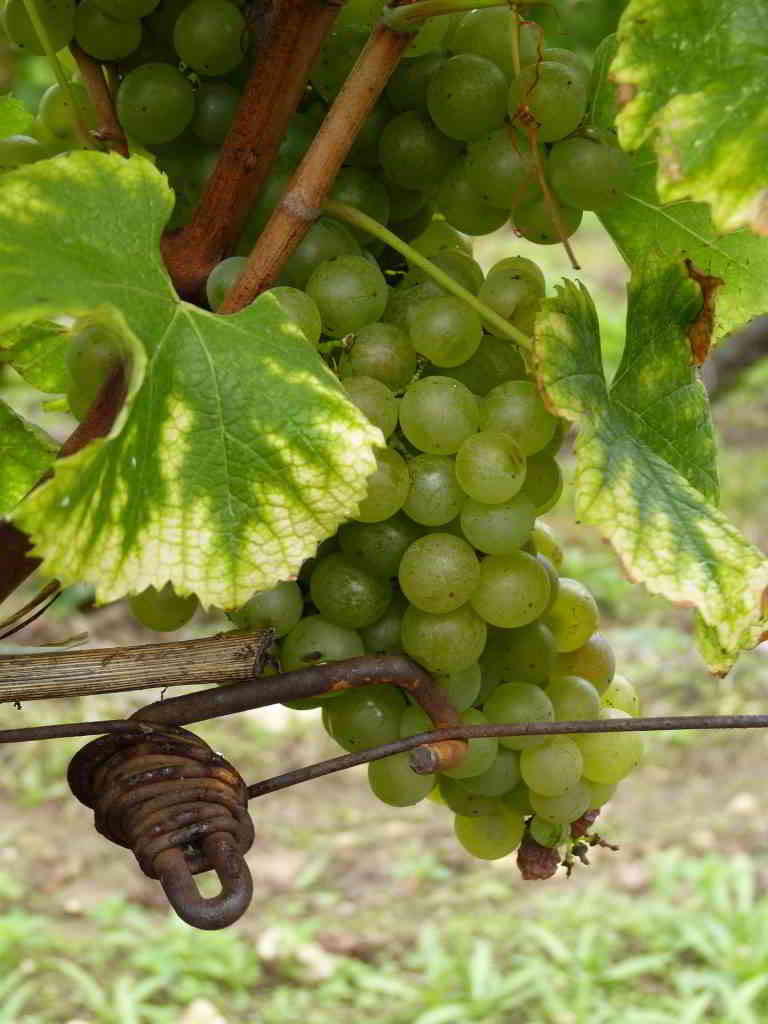
Did you like the content? Share it now!
Have we succeeded in inspiring you to give the Dordogne a chance, and include it on your next luxury getaway to France? Since it’s a region that reserves many secrets, embarking on a private wine tour led by our expert guides is essential if you really wish to get at its treasures. If you’re ready to start crafting your own bespoke adventure, contact us now.
Did you like the content? Share it now!
To provide the best experiences, we use technologies like cookies to store and/or access device information. Consenting to these technologies allows us to process data such as browsing behavior or unique IDs on this site. Not consenting or withdrawing consent may negatively affect certain features and functions.
